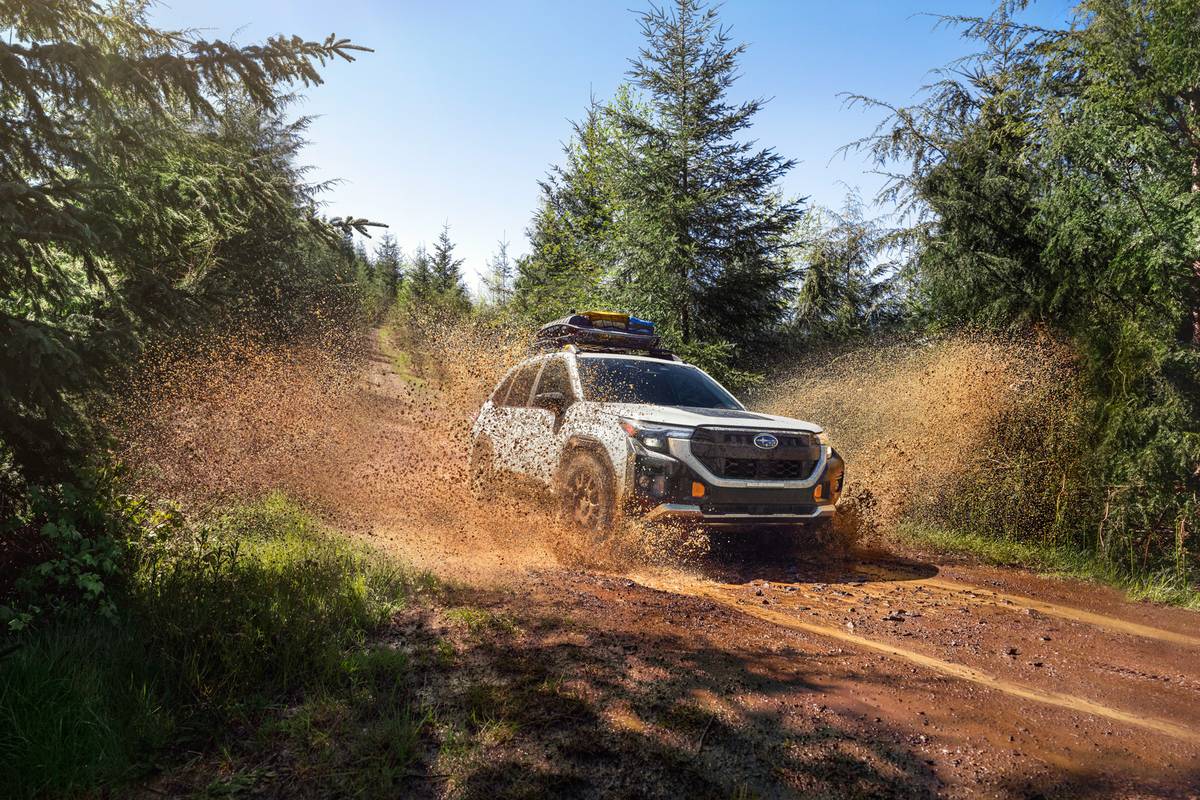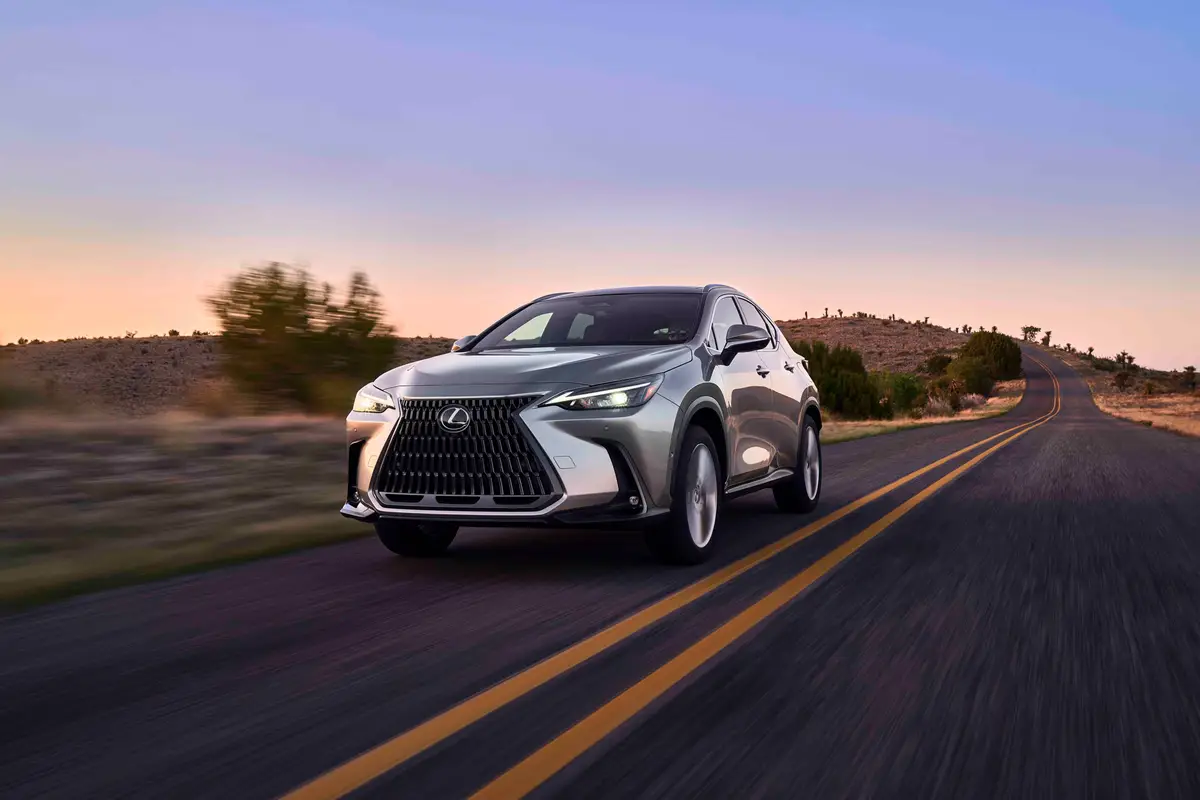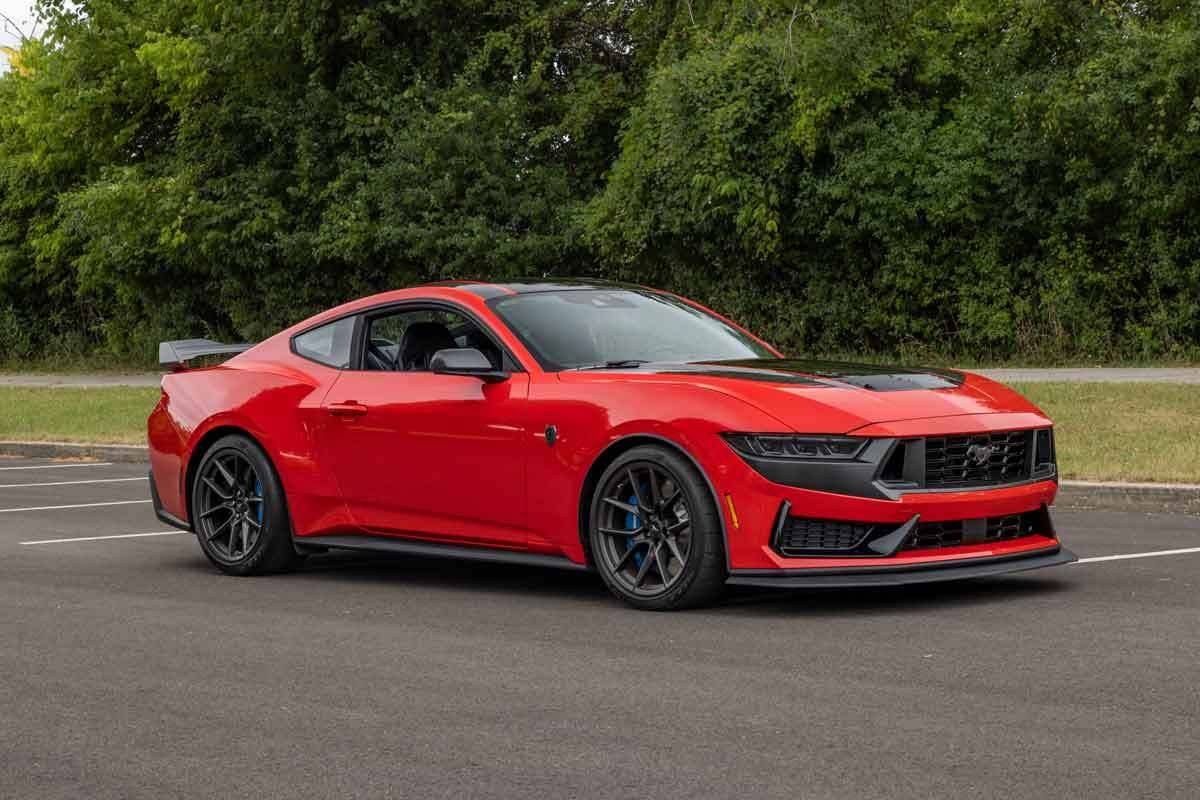Cincinnati.com's view
As I expected, the week the all-new 2003 Audi A4 Cabrio visited was more like late December than mid-November. But as aficionados of drop-tops are quick to remind me, if you “get it,” temperatures and precipitation are not hindrances, but just another aspect of nature’s wonders which only owners of such machines can appreciate.
The reason I was so eager is this: the Audi convertible has, along with Mercedes-Benz’s offerings, been my benchmark for the breed. I was eager to see how they improved it. Audi’s design decisions, alas, turned me off a bit.
This purports to be a four-place machine, unlike Audi’s roadster, which is inarguably a two-seater. The only justification I can see for putting those seat-like platforms aft of first class in this one is to persuade a spouse that this is not a silly indulgence, but rather a “family fun car”. Remember Clark Griswold? That would only work if the spouse is rather naive and the kids small. With persons of normative stature up front, legroom in back is virtually nonexistent.
The rear seats serve as a relatively accommodating package shelf for most of us, augmenting the secure storage provided in the large-for-a-convertible 10-cubic-foot trunk.
This, as you might discern from the color photo, isn’t one of those ragtops content to let the rag just flop around behind the back seats. It’s of the super-luxo sort that raises and lowers itself at the push of a switch, stowing under a hard panel when not needed. I timed the operation at 25 seconds, each way. Obviously it can only be activated when the vehicle is stopped.
As, I presume, an added safety feature, one must keep a finger on the switch the whole time, but in return, the mechanism takes care of the little detail so onerous on many of the breed – lowering and raising the side windows. The raise/lower operation takes place in almost complete silence – the top’s material does not creak or groan, the motors are nearly silent and the hatch over the stowage compartment glides to its secured position. One almost wishes for a little more noise as confirmation that it’s working. Here’s the best part – you don’t even have to mess with latches atop the windshield, as often is the case – the Audi’s mechanism screws and unscrews itself as part of the deal.
When in place, the top is smooth, its ribs almost undetectable. It’s made of a triple thickness of material, so it does a good job of excluding road noise, too. The rear window is glass, complete with defroster wires – far better than plastic, which yellows and cracks with age.
How about what’s under the top? Well, for openers, the body design is a pleasing rounded-wedge exercise that adequately conveys both the sporting and the luxurious aspects of the beast. The interior looks like a committee design – it doesn’t come down on either the side of serious business, as German cars usually do, or luxury. The materials, though, from the wood appliques to the leather of the seats, are of excellent quality. The instruments and controls show a good ergonomic sense, though I would prefer to have the radio atop the center stack, instead of those trick pop-out cupholders, because (A) you shouldn’t drink in a car this pretty and (B) most of the fiddling one does on the road concerns various “entertainment center” settings.
At the moment, only one powertrain setup is available – a 3.0-liter V-6 coupled to Audi’s continuously-variable transmission. Audi says a lower-priced series with 1.8-liter turbo engine will become available in the late spring, but they make no such representation about either a manual transmission or their esteemed all-wheel-drive quattro system.
Were I debating between the roadster and the Cabrio, that would do it. In a car of this sort, shifting is a large part of the fun, and quattro to me is simply irresistible. Not that the front-drive car doesn’t handle well – with its hefty 235/45/17 tires and four-wheel independent suspension, it moves around as well as any puller does. But it does so without the insouciant ease of an A4 equipped with quattro.
The issue here may be weight. With half a tank of gas, the car weighs 3,814 pounds, a few quarter-pounders away from being tossable.
The continuously-variable transmission (CVT) offers the twin virtues of being compact and very efficient.
Audi calls its implementation multitronic. Think of an input shaft and a conical output shaft married by a 1,025-link chain. By moving the chain along the output shaft, ever-changing gear ratios are provided as the output shaft gobbles more or fewer links for every turn of the input shaft. An electronic overseer makes all the decisions, guided by the driver’s throttle input and its knowledge (via sensors) of what the engine is doing and what’s going on at the four tires.
It’s a new sensation, but one quickly gets used to it. In operation, the effect is of an incredibly smooth automatic with a heckuva lotta gears. I found it odd only when moving the floor-mounted shift lever from park to reverse. One expects an engagement sensation, and there is none, until the driver feeds some gas.
Under way, if you study the tach, you will notice the engine revs moving about more than usual as the multitronic strives for the most efficient place on the engine’s torque curve. This attention to the engine’s needs also results in the car being certified an ultra low emissions vehicle, which is laudable.
The multitronic can also be shifted manually, if desired. Slide the lever to the right, and you can have your pick of six preset ratios, overruling the powertrain computer. It’s useful occasionally for achieving compression braking, although the transmission, left to its own devices, was quite savvy. The engine is a 90-degree V, with twin variable overhead cams in each bank and five valves per cylinder. It has a taste for top-shelf gas, but in return will make 220 hp and 221 foot-pounds of torque – mighty fine for normally-aspirated.
It deliver 20 mpg city, 27 highway, according to EPA tests. Putting far more than normal stress on the machine in largely exurban driving, I still recorded 23.4.
In my enquiries, 0-60 times below 8 seconds were consistently achieved, a fine performance, considering the mass.
The brakes were equally apt, as one would expect from large discs.
Neither the government nor the insurance folks have crash-tested this car yet, and given its relative rarity, likely never will.
Take comfort then not only from its fine handling, but also from the dual front and side air bags, the reinforced windshield and the pop-up rollover posts behind the rear seats. These jump to attention when a roll sensor deduces a flip is imminent. The A4 also has yaw control, traction control and a “brake assist” device which takes the brakes to the edge of antilock faster than the driver’s foot alone could . In some simulated panic stops from 70 mph, I found it impressively effective.
Cruising at freeway speeds with the top down, I noticed hardly any cabin turbulence and only the point on my head projected into the air stream. The A4 Cabrio has a remarkable drag coefficient of 0.31 with the top up. In stock form – which is heavily-equipped and luxuriously packaged – the A4 Cabrio is priced at $42,160, with freight.
The showoffs who manage the press fleet added premium leather seats ($1,000), a killer Bose sound system upgrade (as if the standard 9-speaker, 180-watt AM-FM-CD changer unit wouldn’t suffice) for $650, specific cast alloy wheels ($500) and heated front seats ($450). Total, with freight, was $46,685. The Cabrios are new enough and few enough that they’re going for full list, according to price-tracker Edmunds.com. Payments on the one I wrung would be $1,174, assuming 48 coupons at 10 percent annually, and with 20 percent down.
Latest news



